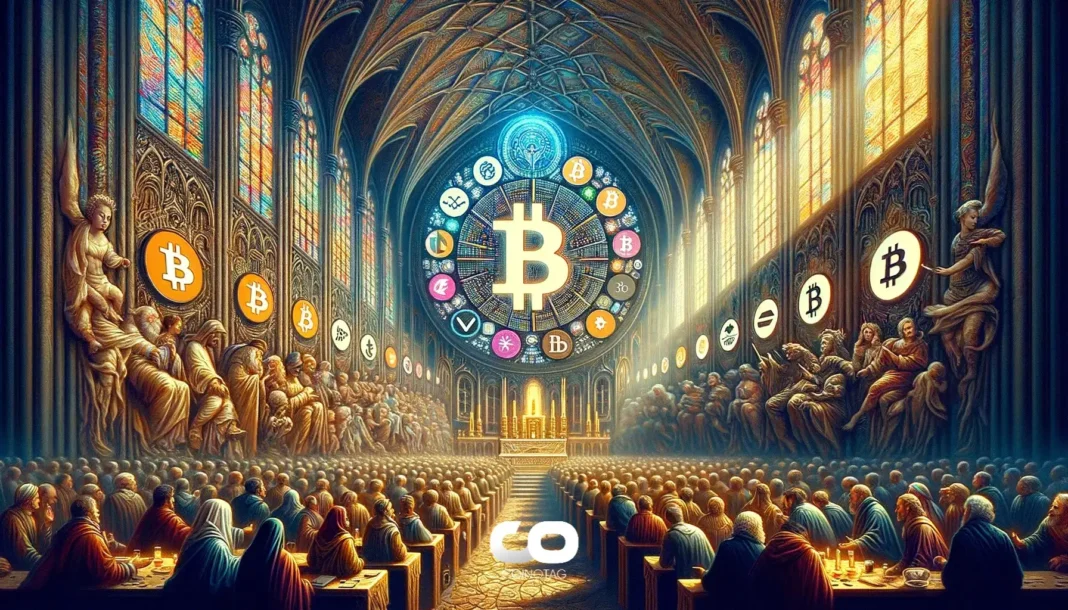-
XRP’s prolonged price stagnation in 2025 highlights significant structural and adoption challenges beyond mere market fluctuations.
-
Unlike many decentralized cryptocurrencies, XRP’s centralized token distribution and limited institutional uptake continue to suppress its growth potential.
-
According to COINOTAG, Ripple’s control over nearly half of XRP’s supply and its dual-network approach raise transparency and liquidity concerns among investors.
XRP faces ongoing hurdles due to centralized supply control and limited adoption, impacting its price momentum despite broader crypto market gains in 2025.
XRP’s Centralized Supply and Its Impact on Market Dynamics
XRP’s unique tokenomics set it apart from most cryptocurrencies. All 100 billion XRP tokens were pre-mined, with Ripple Labs retaining control over approximately 42% of the supply. This concentration is maintained through locked escrows and company-held wallets, which regularly release tokens into circulation. Such a structure grants Ripple significant influence over XRP’s liquidity and price movements, raising questions about the authenticity of market-driven price discovery. Investors often debate whether XRP’s price reflects genuine demand or is artificially influenced by Ripple’s supply management strategies.
Ripple’s Dual-Network Model and Transparency Concerns
Ripple operates both a public XRP Ledger accessible to all users and a private ledger designed for central bank pilots. While the public ledger offers transparency and decentralization, the private network remains closed and non-auditable by the public. This bifurcated system has sparked debate regarding the openness and trustworthiness of Ripple’s ecosystem. The private ledger’s opacity contrasts sharply with the broader crypto community’s emphasis on transparency, potentially limiting institutional confidence and wider adoption of XRP as a transactional tool.
Adoption Challenges and Market Position Relative to Competitors
Despite Ripple’s efforts to position XRP as a bridge currency for global finance, tangible adoption by major financial institutions remains limited. Numerous partnerships and pilot programs have not yet translated into widespread usage at scale. Meanwhile, newer blockchain projects with clearer use cases and decentralized governance models have gained traction, attracting investor interest and market share. XRP’s struggle to demonstrate real-world utility amid a rapidly evolving crypto landscape underscores the importance of functional adoption over speculative hype.
Investor Sentiment and Future Outlook for XRP
Investor confidence in XRP is tempered by its centralized token distribution and uncertain utility. The market’s sideways trading pattern reflects skepticism about Ripple’s ability to overcome these structural issues. For XRP to regain momentum, increased transparency, broader institutional adoption, or a shift in tokenomics may be necessary. Until such developments occur, XRP is likely to remain in a holding pattern while competitors capitalize on clearer growth trajectories and decentralized frameworks.
Conclusion
XRP’s challenges extend beyond price charts to fundamental issues of supply control, transparency, and adoption. Ripple’s significant influence over token liquidity and the dual-network system complicate investor trust and market dynamics. Without meaningful changes in these areas or stronger institutional engagement, XRP’s price is expected to remain range-bound. Investors should monitor developments closely, as the token’s future hinges on addressing these core structural hurdles.







